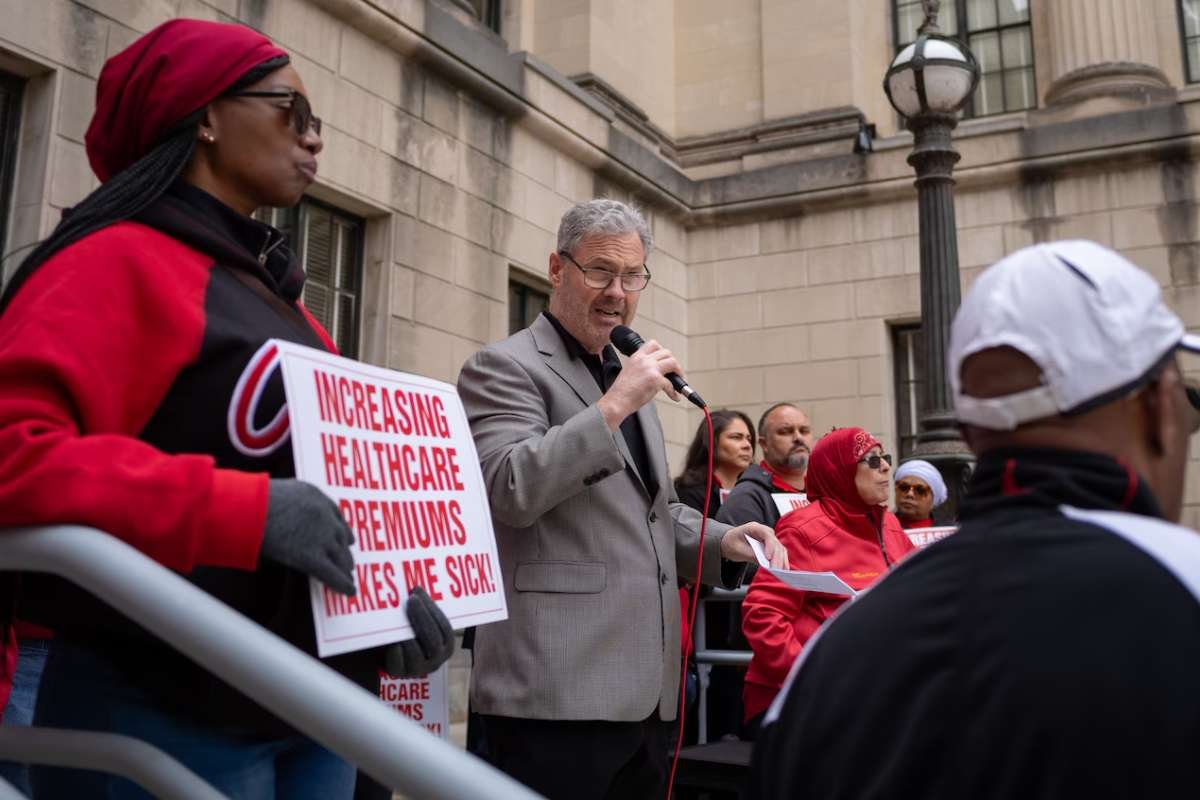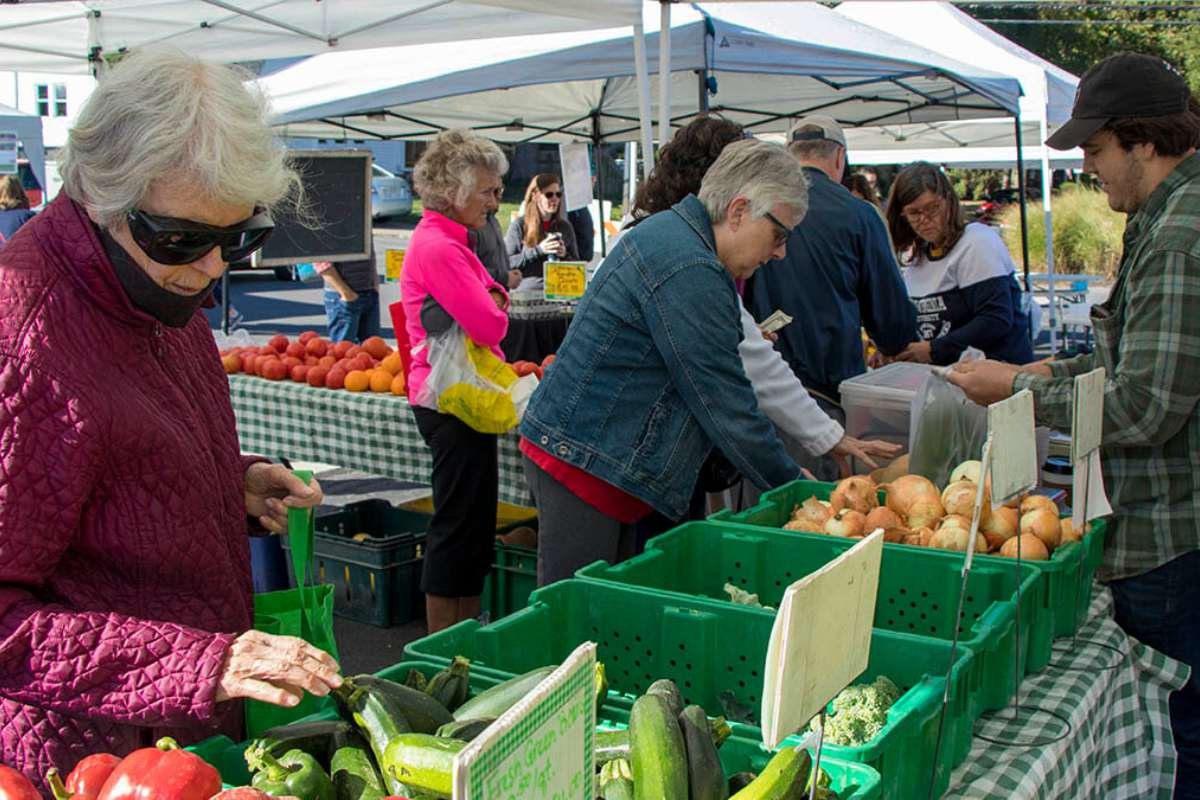The diverse ecosystem of billions of microorganisms found in each human body is vital to your health while you are still alive. You may create vital vitamins, stay healthy by being protected from infections, and perform many other crucial tasks thanks to these microbial symbionts. As a result, the bacteria, which are mainly found in your gut, get to live in a climate that is generally stable, warm, and fed regularly.
But what happens to these mutually beneficial partners when you pass away?
I’ve been fascinated about our postmortem microbial legacy as an environmental microbiologist who studies the necrobiome—the microorganisms that dwell in, on, and around a rotting body. You could believe that after human body deteriorates and your microorganisms are released into the environment, they won’t survive in the outside world.
My research group and I present evidence in a recently published study showing your bacteria not only live on after you pass away, but they also play a significant part in recycling human body so that new life can develop.
After-death microbial life
Your heart stops pumping blood that has been carrying oxygen throughout human body when you pass away. When cells lack oxygen, a process known as autolysis begins to occur.
Enzymes in those cells begin to operate on the membranes, proteins, DNA, and other elements that make up the cells. These enzymes ordinarily digest carbs, proteins, and lipids for energy or growth in a controlled manner. Your symbiotic bacteria thrive on the byproducts of this cellular breakdown, and without the protection of your immune system or a consistent supply of food from your digestive system, they shift to this new source of sustenance.
Putrefaction is the process through which gut bacteria, particularly a group of germs known as Clostridia, spread throughout your organs and consume you from the inside out. Your anaerobic bacteria rely on oxygen-free energy-producing processes like fermentation when there isn’t any oxygen present in the human body. These provide the recognisable odorous-gases that identify decomposition.
It makes sense from an evolutionary perspective that your germs would have developed strategies to cope with a dying body. Your germs will soon have to leave their host in order to survive in the outside world and find a new host to colonise, much like rats on a sinking ship.
They are able to multiply by utilising the carbon and nutrients in human body. A larger population increases the likelihood that at least a small number will endure the harder conditions and successfully locate a new body.
Microbes invading
If you are buried in the ground, as your corpse decomposes, your microorganisms are flushed into the soil along with a soup of breakdown fluids. They are stepping into a whole new setting and coming into contact with a brand-new microbial population in the soil.
In nature, the blending or coalescence of two different microbial communities occurs regularly. When two plants’ roots grow together, when sewage is dumped into a river, or even when two people kiss, coalescence occurs. Which community emerges from mixing and which microorganisms become active rely on a number of variables, including how much environmental change the microbes undergo and who arrived first.
Human body’s stable, warm environment, where they are provided with a regular supply of food, has helped your microorganisms adapt. In contrast, soil is an extremely difficult environment to live in because of its sharp chemical and physical gradients and wide variations in temperature, moisture, and nutrients.
Additionally, soil currently supports a remarkably diversified microbial community that is full of decomposers that are perfectly adapted to that environment and would likely outcompete any newcomers.
It’s simple to believe that once your bacteria leave human body, they will disappear. However, earlier study by my research team has demonstrated that host-associated microbial DNA traces can be found for months or years after the soft tissues of a human body have disintegrated in the soil beneath a decomposing body, on the soil’s surface, and in graves.
The question of whether these microorganisms are still alive and active or whether they are simply dormantly awaiting the next host was raised by this. According to our most recent research, your microbes not only reside in the soil but also work together with local soil bacteria to aid in the decomposition of human body.
We demonstrated in the lab that combining soil with decomposition fluids containing host-associated bacteria accelerated decomposition rates beyond those of the soil communities alone. We also discovered that microorganisms connected to the host improved nitrogen cycling. Although it is a vital nutrient for life, the majority of nitrogen on Earth is locked up as an atmospheric gas that cannot be utilised by organisms.
Decomposers are essential for converting organic nitrogen sources like proteins into inorganic nitrogen sources like ammonium and nitrate that can be utilised by microorganisms and plants.
By turning substantial nitrogen-containing compounds like proteins and nucleic acids into ammonium, as shown by our recent discoveries, our microorganisms are probably contributing to this recycling procedure. The ammonium can subsequently be transformed into nitrate by soil-based nitrifying microorganisms.
New life generation
All ecosystems depend on the recycling of nutrients from detritus, or nonliving organic materials. Carrion, the decomposition of deceased animals, is a key component of food webs and a source of biodiversity in terrestrial ecosystems. An ecosystem’s carbon and nutrient cycles are constrained by living species. Throughout their lives, they steadily gather nutrients and carbon from broad regions of the landscape, depositing it all at once in a single, small location when they die.
One dead animal can sustain an entire pop-up food chain of microorganisms, soil fauna, and arthropods that depend on carcasses for their survival. Scavenger insects and animals aid in the ecosystem’s continued redistribution of nutrients.
The concentrated pools of nutrient-rich organic molecules from our bodies are broken down by decomposer microorganisms into more manageable, accessible forms that other species can employ to support new life.
It’s not unusual to witness thriving plant growth close to an animal that is decaying, providing tangible proof that the nutrients in corpses are being recycled back into the ecosystem. One microscopic method we continue to exist after death is through our own microorganisms, which are crucial to this cycle.








